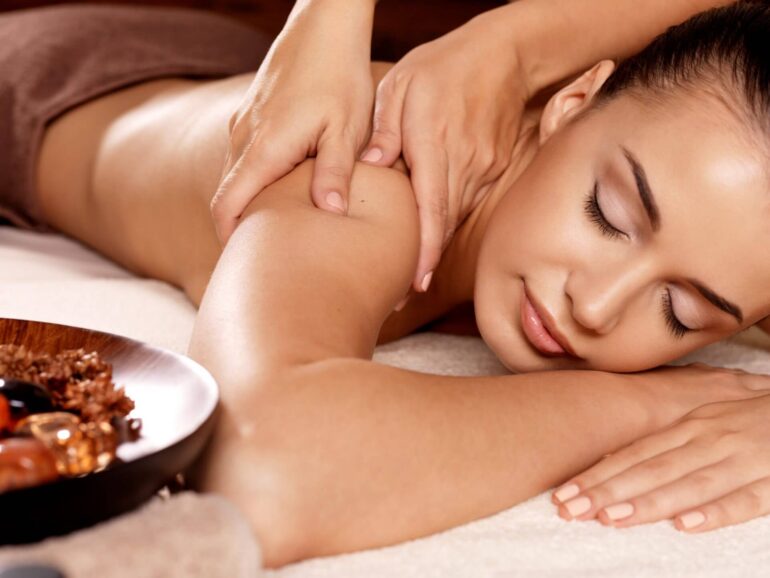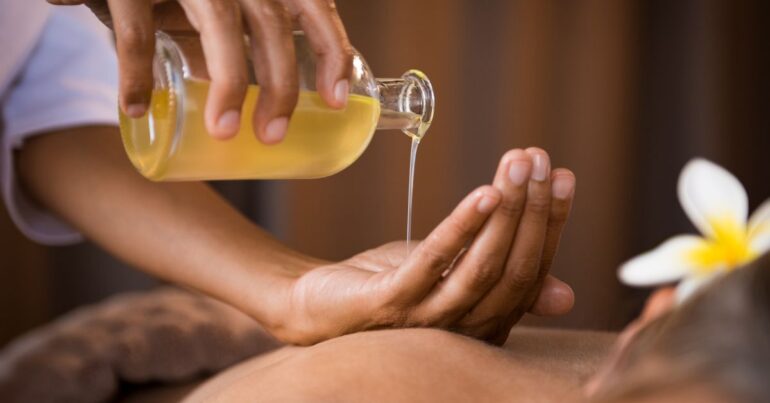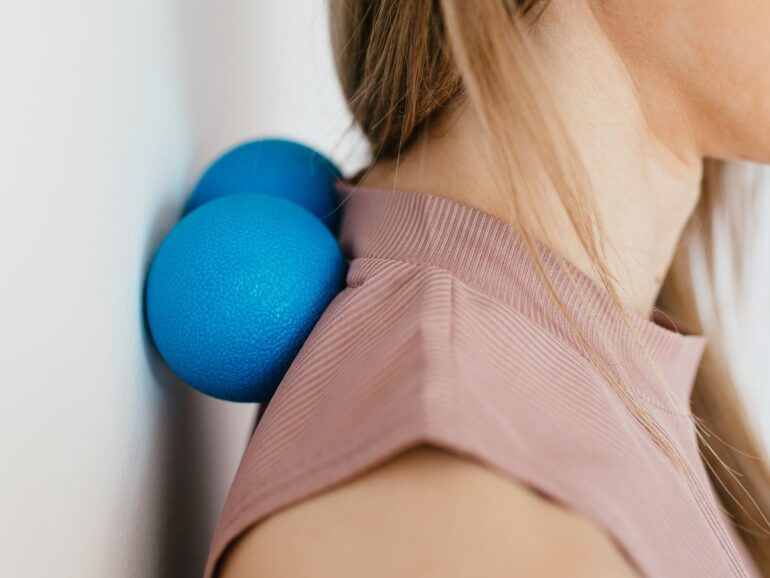Stress affects everyone. It’s an unavoidable part of life, but it doesn’t have to control you. One of the most effective ways to manage stress is through massages. This ancient practice has been refined over centuries to not only relax your body but also rejuvenate your mind. Let’s explore how you can use it to achieve effective stress relief.
Types of Massage for Stress Relief

1. Swedish Massages
Swedish massage is one of the most popular types. It uses long, flowing strokes, kneading, and circular movements on the topmost layers of muscles. It is especially effective for relieving muscle tension and improving circulation, making it a great option for stress relief. If you want to book this massage, check out mobile massage Malta.
2. Deep Tissue Massages
Deep tissue massages target the deeper layers of muscles and connective tissue. This technique uses slower, more forceful strokes to reach those deeper layers. It’s particularly effective for chronic aches and pains, as well as areas with tight muscles such as the neck and shoulders.
3. Aromatherapy Massages

Aromatherapy massages combine the benefits of massage therapy with the therapeutic use of essential oils. These oils are either inhaled through a diffuser or absorbed through the skin during the massage. Lavender, chamomile, and sandalwood are common essential oils used for stress relief due to their calming properties.
4. Hot Stone Massages
Hot stone massages involve placing smooth, heated stones on specific parts of the body. The heat helps to relax muscles and can enhance the benefits of traditional massages. The warmth of the stones improves circulation and helps to ease muscle stiffness.
5. Shiatsu Massages

Shiatsu is a form of Japanese bodywork that uses finger pressure to improve energy flow in the body. These massages focus on pressure points to relieve tension and promote relaxation. It’s particularly effective for reducing fatigue and stress.
How to Prepare for Your Massage
To get the most out of your massages, it’s important to prepare properly. Here are some tips to ensure a relaxing and effective session:
- Hydrate: Drink plenty of water before and after your massages to help flush out toxins from your body.
- Communicate: Let your therapist know about any specific areas of tension or pain.
- Relax: Arrive early to your appointment to give yourself time to relax and mentally prepare.
- Avoid heavy meals: Try not to eat a large meal right before your massage to avoid discomfort.
DIY Techniques

While professional massages are incredibly beneficial, you can also practice some techniques at home to manage stress.
1. Self-Massage
Use your hands to gently knead and rub areas of tension, such as your neck, shoulders, and lower back. Apply firm pressure and use circular motions to relieve muscle tightness.
2. Foam Rolling
A foam roller is a great tool for self-massage. Use it to roll out tight muscles in your back, legs, and arms. This can help to improve circulation and reduce muscle soreness.
3. Massage Tools
There are various massage tools available that can help you target specific areas of tension. Handheld massagers, massage balls, and even electric massage devices can be effective in providing relief.
In Summary
Massage is a powerful tool for stress relief. Whether you opt for a professional session or practice self-massage at home, the benefits are undeniable. Regular massages can help to reduce anxiety, improve sleep, boost your immune system, and enhance your overall well-being. By incorporating them into your routine, you can take a proactive step towards managing stress and improving your quality of life.
